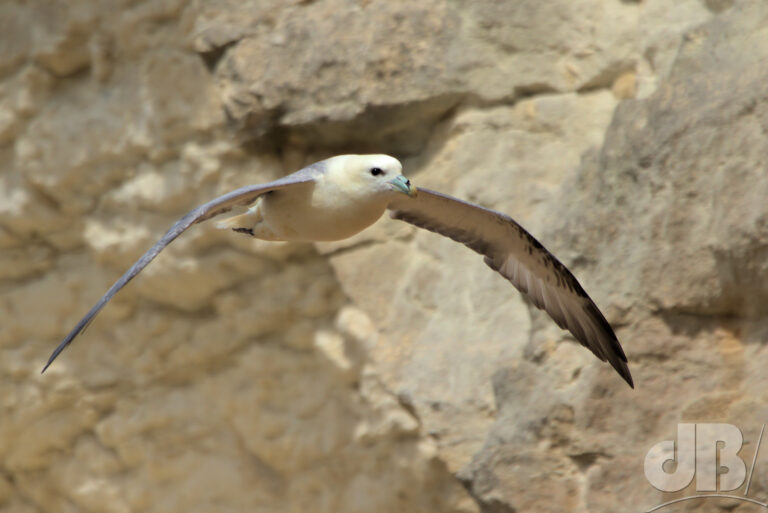TL:DR – The problem of deteriorating plastic waste at sea and how it attracts birds to eat it when they really shouldn’t.
I have just finished reading the latest novel in Steve Burrows’ series of “birder murder” stories. This one was called A Foreboding of Petrels and hinges on apparently unconnected murders on the North Norfolk coast and at an environmental research station in The Antarctic.
The plot of the novel alludes to the Storm Petrel, perhaps the world’s most abundant avian species. It and related species have an incredibly sensitive sense of smell and can detect keystone odourant molecules on the wind. Compounds such as dimethyl sulfide (DMS) are released into atmosphere when other organisms are feasting on algae for instance. The compound thus attracts the predators to the places where their prey are themselves feasting.

The novel alludes to plastic waste in the oceans and how the combination of algal growth on that plastic waste coupled with degradation of the plastic through the action of seawater and sunlight could lead to the release of the same odourant molecules that attract these birds and lead to them ingesting plastic rather than prey. This is obviously detrimental to the birds’ health. Numerous studies discuss this possibility and provide evidence to support the hypothesis.
DMS carried on the oceanic wind attracts predators, such as petrels, albatrosses, and fulmars, to food sources, and in the modern age, unfortunately, plastic waste. This chemical confusion is seemingly leading some pelagic bird species to ingest a lot of potentially lethal plastic waste instead of food.
